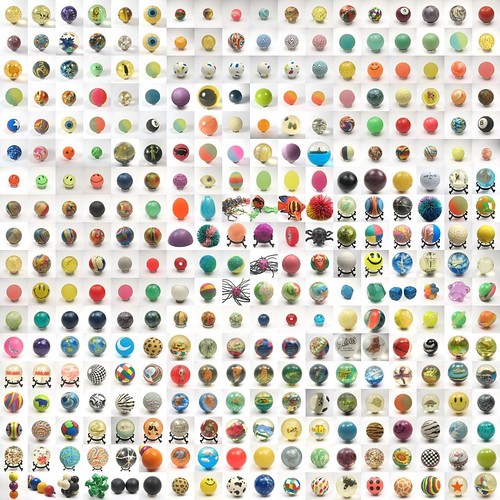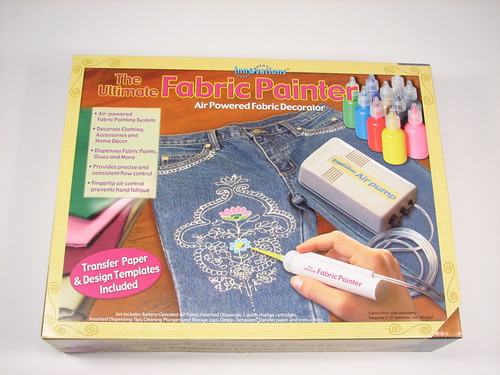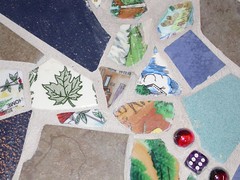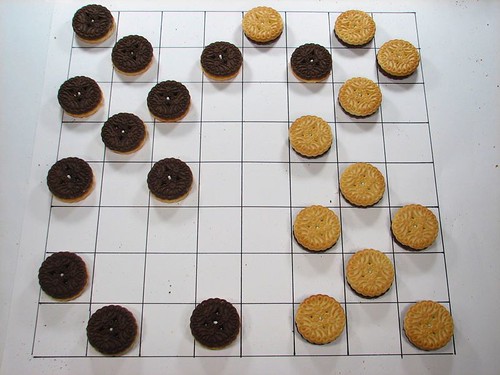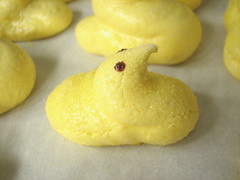 Whether you’re floating bubbles on carbon dioxide, making a cloud chamber or wanting to keep the contents of your freezer frozen during a power outage, you are going to need dry ice. We’ve gotten a lot of questions about where to get dry ice. We found our local dealer by stumbling on a flyer at the grocery store, which isn’t the most reliable method. Luckily, we’ve found a fantastic resource for you (if you’re in the US): Airgas has a dry ice retailer locator on their website.
Whether you’re floating bubbles on carbon dioxide, making a cloud chamber or wanting to keep the contents of your freezer frozen during a power outage, you are going to need dry ice. We’ve gotten a lot of questions about where to get dry ice. We found our local dealer by stumbling on a flyer at the grocery store, which isn’t the most reliable method. Luckily, we’ve found a fantastic resource for you (if you’re in the US): Airgas has a dry ice retailer locator on their website.
We have had mixed luck just showing up at the store (and one long dry ice dry spell during the period after a fire at the local plant) so we recommend calling ahead to check availability. Conveniently, Airgas includes phone numbers in their retailer listings.
Here’s your obligatory warning: dry ice is cold. Dangerously cold. Don’t allow prolonged (and by prolonged, we mean anything more than momentary) contact with skin. We don’t recommend using a hard plastic cooler for transporting dry ice as the very low temperature can make it brittle and prone to cracking. A styrofoam cooler is a better option, but a nice thick towel will do nicely for insulation in transit as well.
For an added bonus, here’s the Airgas page of Cool Uses for Dry Ice. You’ve got to love an industrial supplier that has a recipe for “Witch’s Brew” on their website!
[Related: Floating Bubbles on CO2, AirGas, Retailer Locator, Cool Uses ]






